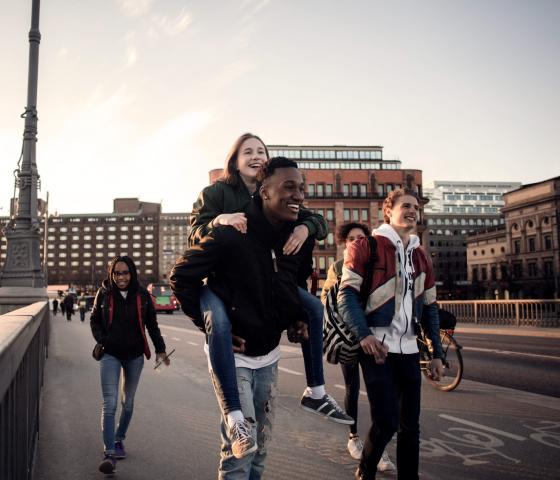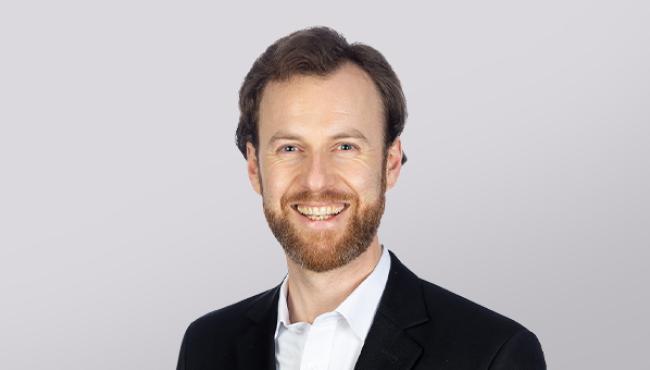
Scaling Agrivoltaics to Ease Water Stress and Land-Use Conflicts
Our vision is to scale the application of Agrivoltaics – a combination of photovoltaics and agricultural production – to safeguard fresh water and reduce land-use conflicts between energy and food production.
Water stress – A ticking time-bomb
No water = no food. Obvious, but downplayed in consequence. It is about feeding ~10 billion people in 2050 1 , not to speak of providing drinkable water and clean energy, whilst droughts increasingly threaten agricultural production 2 . That is felt already in 2022, with, for example, India banning wheat exports as a consequence 3 . The risk will increase in the coming years, especially in areas with high solar irradiation and limitations in the water supply. That is, where the water stress is high 4 (see map below), help is needed in limiting solar irradiation on plants and soil, reducing evaporation and saving water where it is needed: on the fields.

The water stress map from 2013 shows the imbalance of water supply and withdrawal per country.
Agrivoltaics – Combining water-saving crop farming and clean energy
Agrivoltaics provides shading by placing photovoltaic (PV) panels over agricultural land. That is synergetic land use, combining shading with green cost-efficient green energy production. The energy can be directly used for consistent watering (pumping, water purification), optimising the irrigation system and further reducing water consumption. Large-scale agriculture profits here, especially from cost savings and the opportunity of potential electricity offtake agreements, and smaller communities benefit from the steady irrigation which is comparably expensive. Furthermore, energy can contribute to the local power supply or be stored, for example, via Power-to-X 5 .
Shading by PV panels takes the heat stress from plants and soil, thus reducing water consumption, which is especially beneficial in areas of high solar irradiation. For example, large-scale agriculture in Spain and India can benefit from reducing irradiation, thereby effectively saving local clean water and reducing the damage of cultivated crops and plants. Shading further enables the cultivation of crops not able to grow in the exposed sunlight, thus diversifying cultivation and potentially prospering local communities 6 . This is especially contributing to the food supply in equatorial regions with little water access, for example, Kenya.
The concept of Agrivoltaics can be expanded to use cases where solar evaporation is detrimental, for example, fish farming or surface water storage, in hot and rural African areas, or after energy-intensive desalination like Sorek in Israel.
Land use is a prevailing discussion in Europe: food or green energy. Agrivoltaics circumvent the debate allowing both and thus maximise the land benefit to the community and society 7 . Modules can thereby be placed over fields or integrated into the roofing of greenhouses, where the newest developments allow flexible shading that optimises the exposure to the plant and converts the excess into electricity 8 .
Our vision - Scaling Agrivoltaics
AFRY has a global and broad range of engineering and management consulting competencies in the fields of PV, microgrids, water management, and food & life sciences. A broad range of competencies are needed to carry a multi-aspect solution to several sustainability development goals which agrivoltaics provides. Together with our partners, we can leverage these competencies to address current challenges with agrivoltaics providing solutions and enabling scaling of benefits.
The goal is to thoroughly assess the potential of multi-purpose PV systems with a focus on the most suitable application areas in order to identify synergies for developers, ESG financing institutions, farmers, and others. As a first step, we aim to elaborate on best practices for yield and system optimisation as well as potential business models. Based on the competencies mentioned and the insights gained, we want to realise concrete solutions in the medium term and eventually bring agrivoltaics broadly into the fields.
Members of the AFRY Impact Club are sharing their thoughts in a series of short insights articles on topics related to the UN 17 Sustainable Development Goals. Due to the far-reaching discussions taking place in The Impact Club, please note that ideas and texts are to be taken as perspectives of the individuals involved and may not in all cases be representative of AFRY.

Members of AFRY's Youth Panel have driven the creation of a network of colleagues within AFRY Management Consulting that want to promote, challenge and actively contribute to the sustainability discussion above and beyond the scope of their everyday work. The Impact Club is a platform where colleagues can examine and discuss challenges and drive new service ideas. Young professionals can connect with decision makers in the business and actively challenge them capture opportunities to progress further towards addressing global challenges.
Footnotes
- 1. //www.un.org/en/desa/world-population-projected-reach-98-billion-2050-and-112-billion-2100 a↩
- 2. https://economictimes.indiatimes.com/small-biz/trade/exports/insights/from-india-to-france-wheat-crops-are-coming-under-threat-everywhere/articleshow/91507504.cms a↩
- 3. https://www.wri.org/applications/aqueduct/water-risk-atlas/#/?advanced=false&basemap=hydro&indicator=bws_cat&lat=22.105998799750566&lng=-204.25781250000003&mapMode=view&month=1&opacity=0.5&ponderation=DEF&predefined=false&projection=absolute&scenario=optimistic&scope=baseline&threshold&timeScale=annual&year=baseline&zoom=2 a↩
- 4. //www.wri.org/data/water-stress-country a↩
- 5. https://enery.energy/en/2022/05/12/h2arvester/ a↩
- 6. https://www.energyforum.in/fileadmin/user_upload/india/media_elements/Photos_And_Gallery/20201210_SmarterE_AgroPV/20201212_NSEFI_on_AgriPV_in_India_1__01.pdf a↩
- 7. //www.diva-portal.org/smash/get/diva2:1382756/FULLTEXT02.pdf a↩
- 8. https://insolight.ch/ a↩





